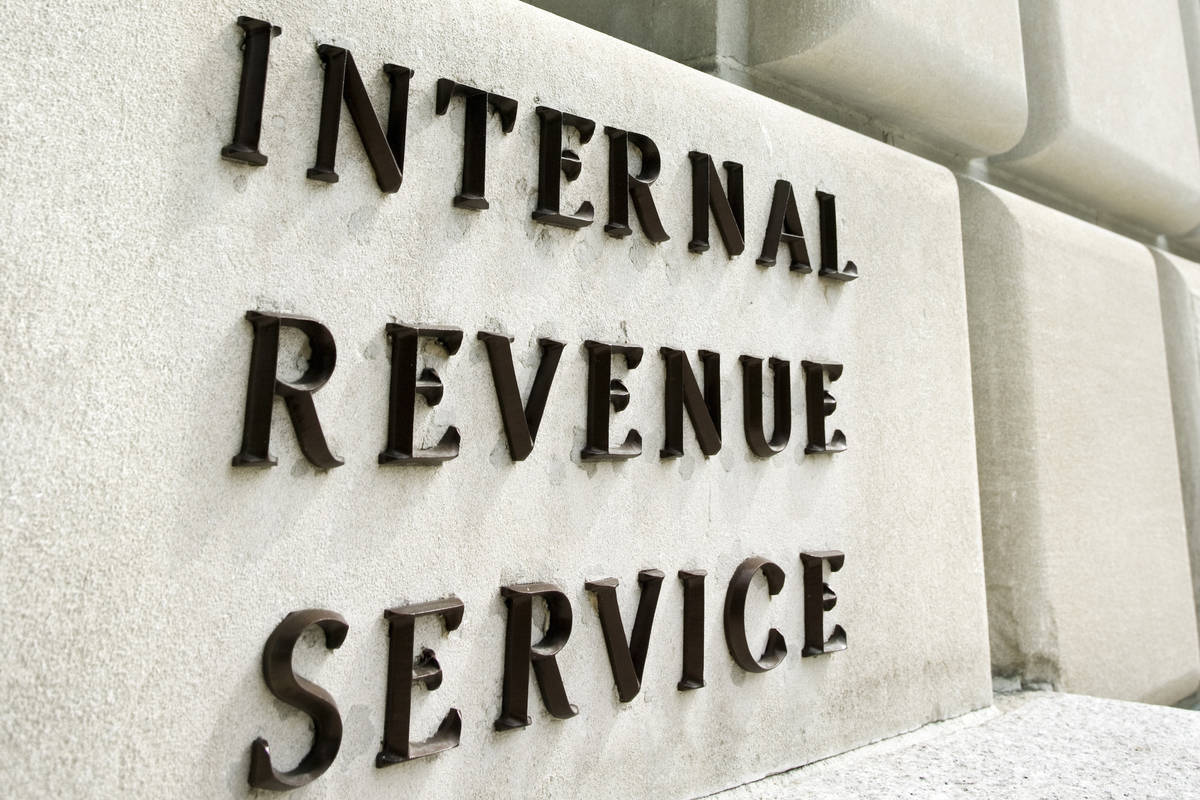
The Internal Revenue Service on Monday issued a letter explaining why some Economic Impact Payments might not be the amount recipients expected, as payment amounts vary based on income, filing status and family size.
For those who had not filed a return for 2019, and for those returns the IRS had not yet processed, the 2018 return was used, and in some cases life changes, including higher or lower income or the adoption of a child, could affect the amount of the payment.
In addition, only children eligible for the Child Tax Credit qualify for the additional payment of up to $500 per child. Dependents are not automatically eligible for the extra $500, and a child must be under 17 at the end of the year to qualify.
Dependents who are college students, for example, do not qualify for the additional payment, and nobody over 17 claimed as a dependent is eligible for the $1,200 payment.
The Economic Impact Payment is offset by past-due child support. The Bureau of Fiscal Services will send the taxpayer a notice if an offset occurs.
Once a payment has been deposited into a taxpayer’s bank account, it is not protected from garnishment by creditors under federal law.
The IRS informed taxpayers that those whose Economic Impact Payment was smaller than expected might, in many cases, qualify to receive an additional amount early next year when they file their 2020 tax return.
Taxpayers should keep the letter they receive by mail a few weeks after the payment is issued for their records. The IRS will provide further details on IRS.gov
More information about the Economic Impact Payments is available on the IRS website at https://www.irs.gov/coronavirus/economic-impact-payment-information-center